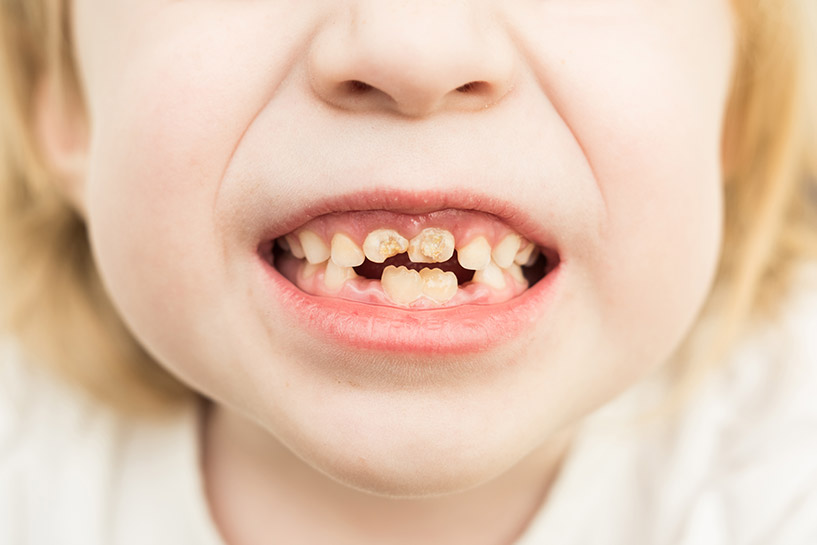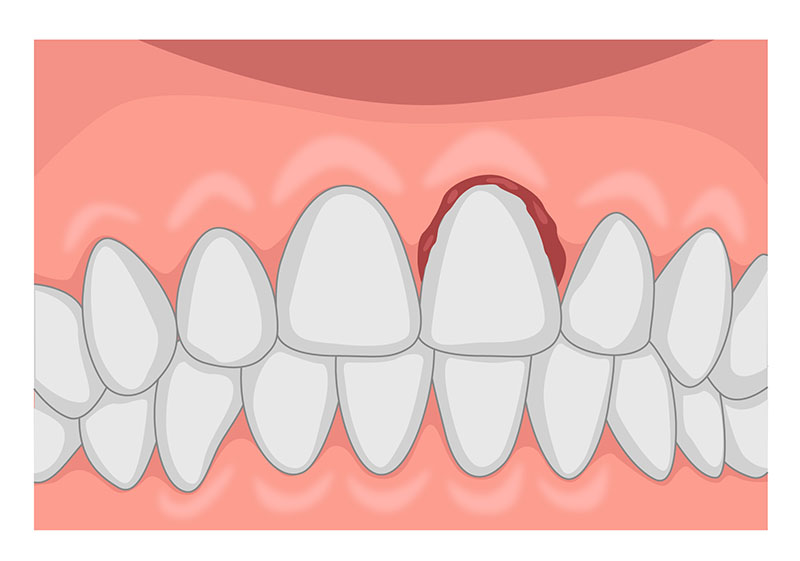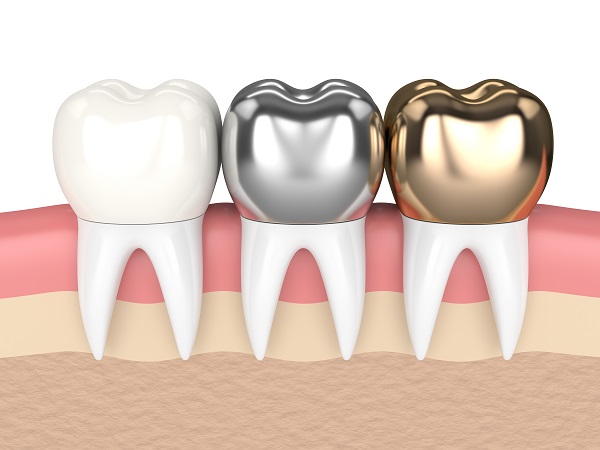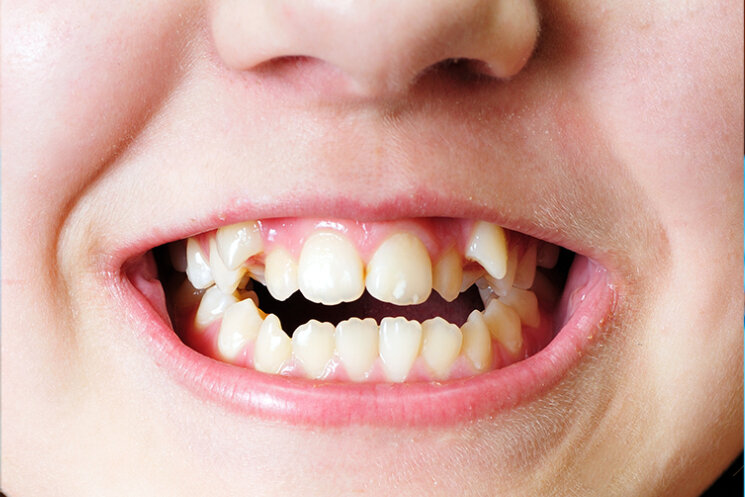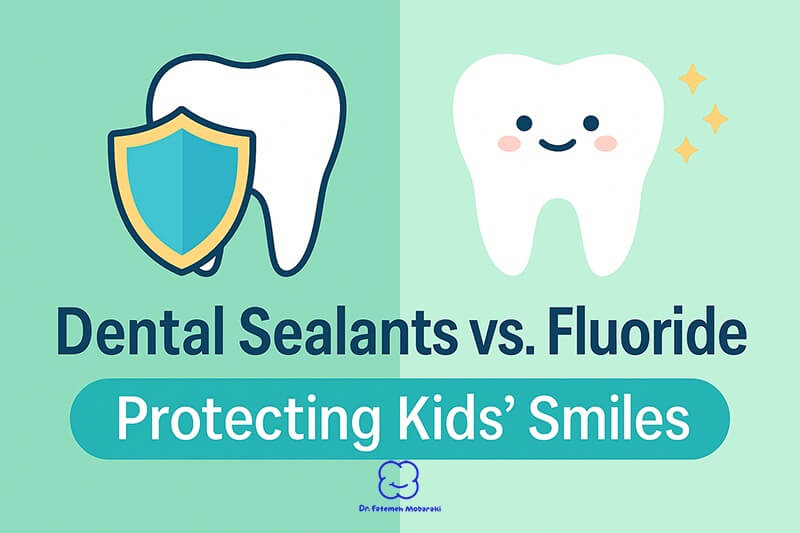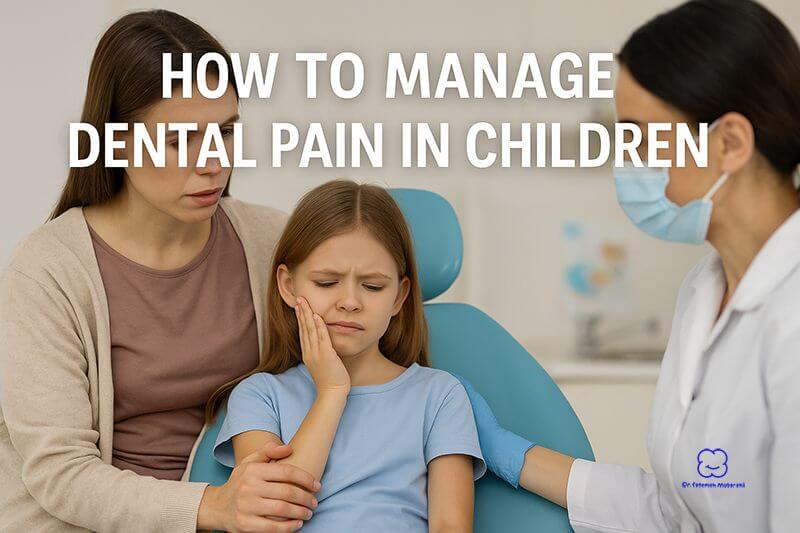Imagine this: Your child’s first permanent teeth are coming in, and instead of a perfect pearly white, you notice faint white streaks or even chalky patches. Panic sets in—what could be wrong? Is it a cavity? A nutritional deficiency? The answer might be fluorosis in children, a condition caused by too much fluoride exposure while teeth are developing.
Fluoride is essential for keeping teeth strong, but excessive amounts at a young age can lead to cosmetic changes in tooth enamel. The good news? fluorosis in kids doesn’t cause pain or tooth decay, and in most cases, it’s mild and treatable. However, parents should know how to prevent and manage it to ensure their child’s smile stays healthy and beautiful.
In this guide, we’ll cover everything parents need to know about fluorosis in children: its causes, symptoms, prevention, and treatment options—plus, how to strike the right balance with fluoride for your child’s dental health.
What Is Fluorosis in Children?
Fluorosis in kids is a cosmetic condition that affects the enamel of teeth due to excessive fluoride intake during early childhood (before age 8), when permanent teeth are still forming under the gums. This results in changes to the tooth’s appearance, typically showing up as white streaks, cloudy patches, or, in severe cases, brown stains and surface roughness.
Fluorosis does not cause cavities or weaken teeth, but its visible effects can make parents concerned about their child’s dental aesthetics.
Signs and Symptoms of Fluorosis in Children
Fluorosis in children can range from mild to severe, with varying effects on tooth enamel:
- Mild Fluorosis: Small, barely noticeable white streaks or spots on the teeth.
- Moderate Fluorosis: More visible white patches that may cover a larger portion of the teeth.
- Severe Fluorosis: Brown stains, rough texture, pitting, and enamel damage.
🔍 Fluorosis vs. Cavities: How to Tell the Difference Many parents confuse fluorosis with early tooth decay. Here’s how to differentiate:
| Feature | Fluorosis in Children | Cavities |
|---|---|---|
| Color | White streaks or patches | Dark brown or black spots |
| Pain | Painless | Often painful or sensitive |
| Texture | Smooth or slightly rough | Can form holes or pits |
| Cause | Excess fluoride during tooth development | Bacterial plaque and sugar exposure |
What Causes Fluorosis in kids?
Fluorosis in children occurs when a child consumes too much fluoride while their teeth are still developing. Common sources of excessive fluoride include:
- Fluoridated Drinking Water: Many areas have fluoridated water to help prevent cavities, but excessive levels can contribute to fluorosis.
- Swallowing Fluoride Toothpaste: Young children often swallow toothpaste instead of spitting it out, leading to excess fluoride intake.
- Fluoride Supplements: Some children are prescribed fluoride drops or tablets, which may not be necessary in areas with fluoridated water.
- Infant Formula Mixed with Fluoridated Water: When baby formula is prepared using tap water that contains fluoride, it can contribute to excessive intake over time.
Read more: The Importance of Fluoride Treatments for Kids
How to Prevent Fluorosis in Children?
Prevention is key when it comes to fluorosis in children. Here’s how parents can ensure their child gets the right amount of fluoride without overexposure:
- 🪥 Use the Right Amount of Toothpaste: For children under 3, use a rice-sized smear of fluoride toothpaste. For kids aged 3-6, use a pea-sized amount.
- 🚰 Check Fluoride Levels in Drinking Water: If your water supply is fluoridated, talk to your dentist about whether additional fluoride supplements are needed.
- 🍼 Use Fluoride-Free Water for Infant Formula: If you regularly prepare baby formula with tap water, consider using bottled water with lower fluoride levels.
- 👶 Teach Kids to Spit, Not Swallow: Encourage proper brushing habits and supervise young children to prevent them from swallowing toothpaste.
How to Treat Fluorosis in Children?
Mild cases of fluorosis in kids usually don’t require treatment, but for moderate to severe cases, here are some available solutions:
- Teeth Whitening: Professional whitening can help even out mild discoloration.
- Microabrasion: A gentle polishing procedure to remove surface stains.
- Dental Bonding: Tooth-colored resin is applied to cover white or brown spots.
- Veneers or Crowns: For severe cases, porcelain veneers or crowns for kids can provide a long-term cosmetic solution.
💡 Pro Tip: The earlier you address fluorosis in children, the easier it is to manage. If you notice unusual spots on your child’s teeth, book a visit to a pediatric dentist in Dubai for a professional evaluation.
Final Thoughts: The Right Balance for a Healthy Smile
Fluorosis in children is a common and preventable condition that affects many children worldwide. While mild cases are hardly noticeable, taking simple precautions can ensure your child gets just the right amount of fluoride for strong, healthy teeth without discoloration.
Frequently Asked Questions (FAQs)
❓ Can fluorosis in children be reversed?
Fluorosis itself cannot be reversed because it affects the development of enamel, but cosmetic treatments can help improve appearance.
❓ Is fluorosis in children bad for my child’s health?
No, fluorosis in children is purely cosmetic and does not cause pain or weaken teeth. However, in severe cases, it may affect self-confidence.
❓ Does fluorosis mean my child had too much fluoride as a baby?
Not necessarily. It just means that during early childhood, their fluoride intake was slightly higher than needed. Small adjustments to fluoride exposure can prevent further issues.
❓ Should I stop giving my child fluoride?
No! Fluoride is essential in preventing cavities. The key is moderation—use the right amount of toothpaste and consult your dentist about supplements.

